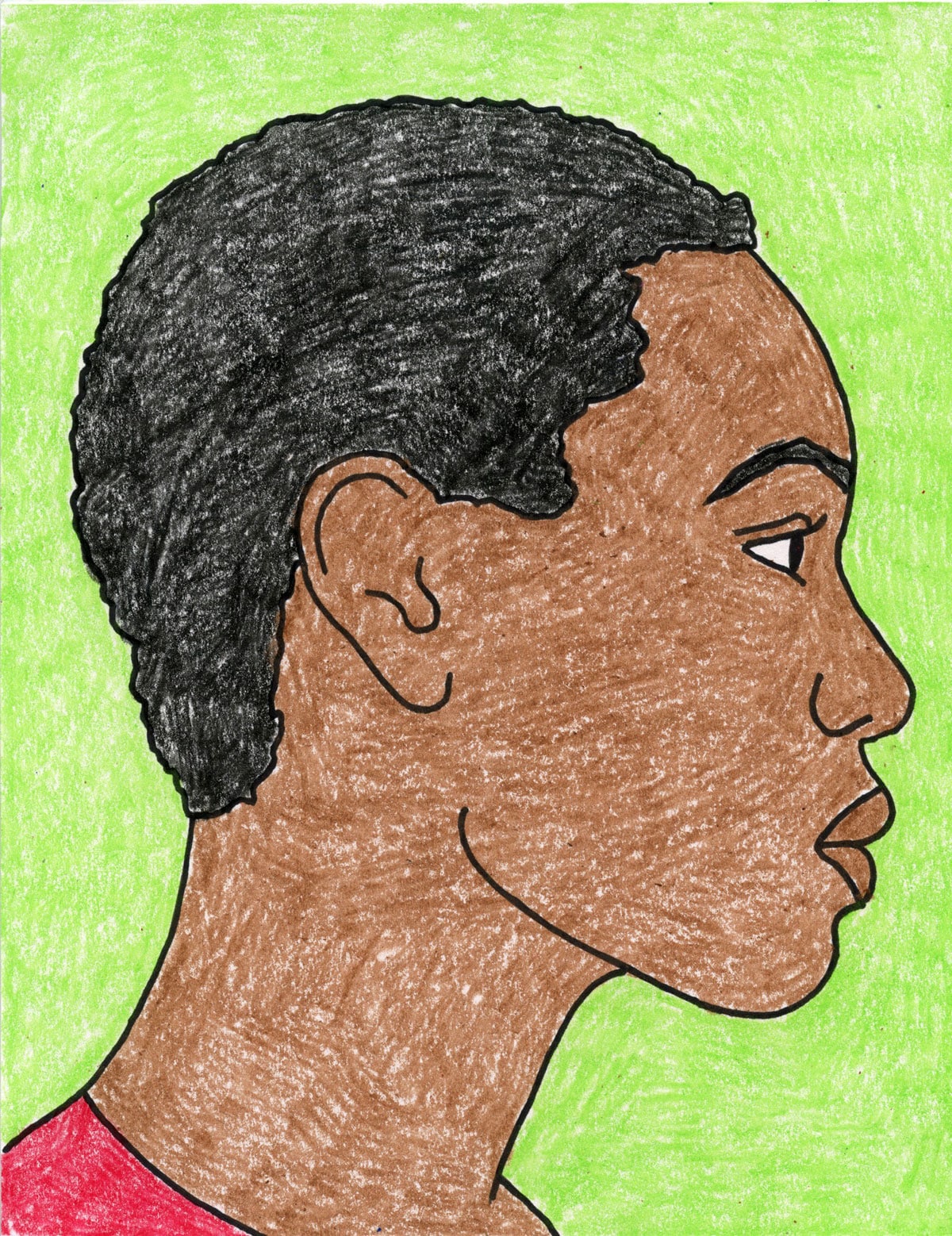
Menstrual cramps are very common, particularly mild cramping just before or at the onset of menstrual flow. Some experience cramping that is more severe and may even affect their daily life or interrupt school or activities. If cramping is more severe, a doctor may diagnose it as dysmenorrhea. Dysmenorrhea essentially means especially painful periods.The most common reason people have dysmenorrhea is from the contraction of the uterine wall itself. Menstrual cramping is caused by the contractions that shed the inner lining of the uterus, which makes up the menstrual blood. When that lining sheds, the body releases chemicals called prostaglandins. This makes the uterus contract further.
Also Read : 11 Easy Crafts for Fourth of July
Generally, you can manage cramping at home. Heating pads and warm baths can be helpful, as can light exercise or yoga. If the cramping is still an issue, you can use NSAIDs, such as ibuprofen or naproxen. Talking to a healthcare provider about an appropriate dosage is always a good idea, as it can change by situation.
If these at-home treatments are not enough to manage severe menstrual cramps, it is always good to talk to a healthcare provider. They can help determine if hormonal medications will treat the menstrual cramps, or if there is a secondary issue.





